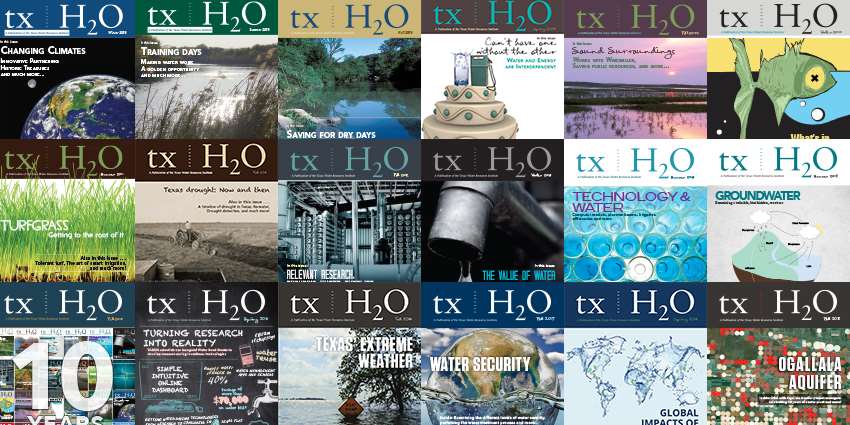Experts have learned that urban landscapes can lose about one-third of irrigation water to runoff. Urban landscape irrigation runoff can be a big problem, according to the article Off and running in the spring 2016 issue of txH2O magazine.
A team co-led by Benjamin Wherley, Ph.D., associate professor in Texas A&M’s Department of Soil and Crop Sciences, and Jorge Alvarado, Ph.D., associate professor in Texas A&M’s Department of Engineering Technology and Industrial Distribution, developed a solution: the landscape irrigation runoff mitigation system, or LIRMS.
Runoff, or irrigation water that does not infiltrate into the landscape’s soil, can be influenced by many factors. The solution known as LIRMS has two components: a sensor that can detect when runoff is occurring, and a connection to either the main sprinkler system controller or individual sprinklers so that irrigation can be paused or stopped during runoff.
After testing LIRMS, it was found to reduce runoff water volumes by an average of 40-50% during a typical 30-minute, 1-inch irrigation run and also allowed for 10-30% more water to soak into the soil during such runs.
To learn more, read the full article Off and running and subscribe to txH2O for future publication updates.

